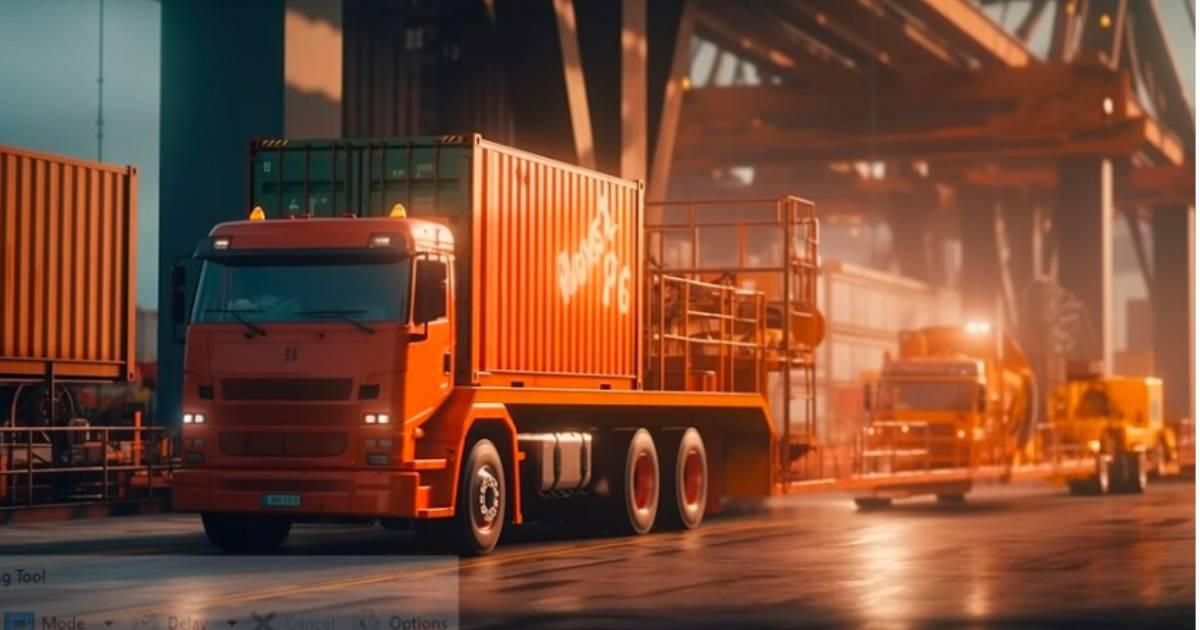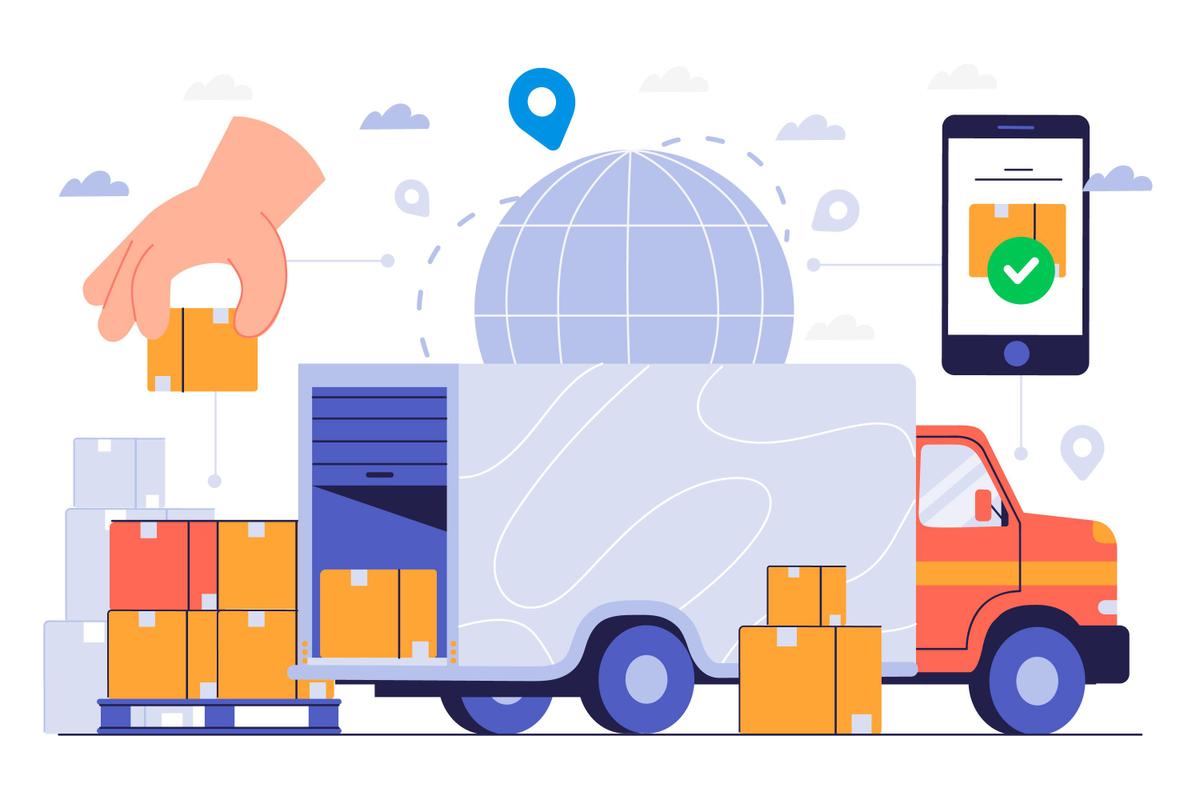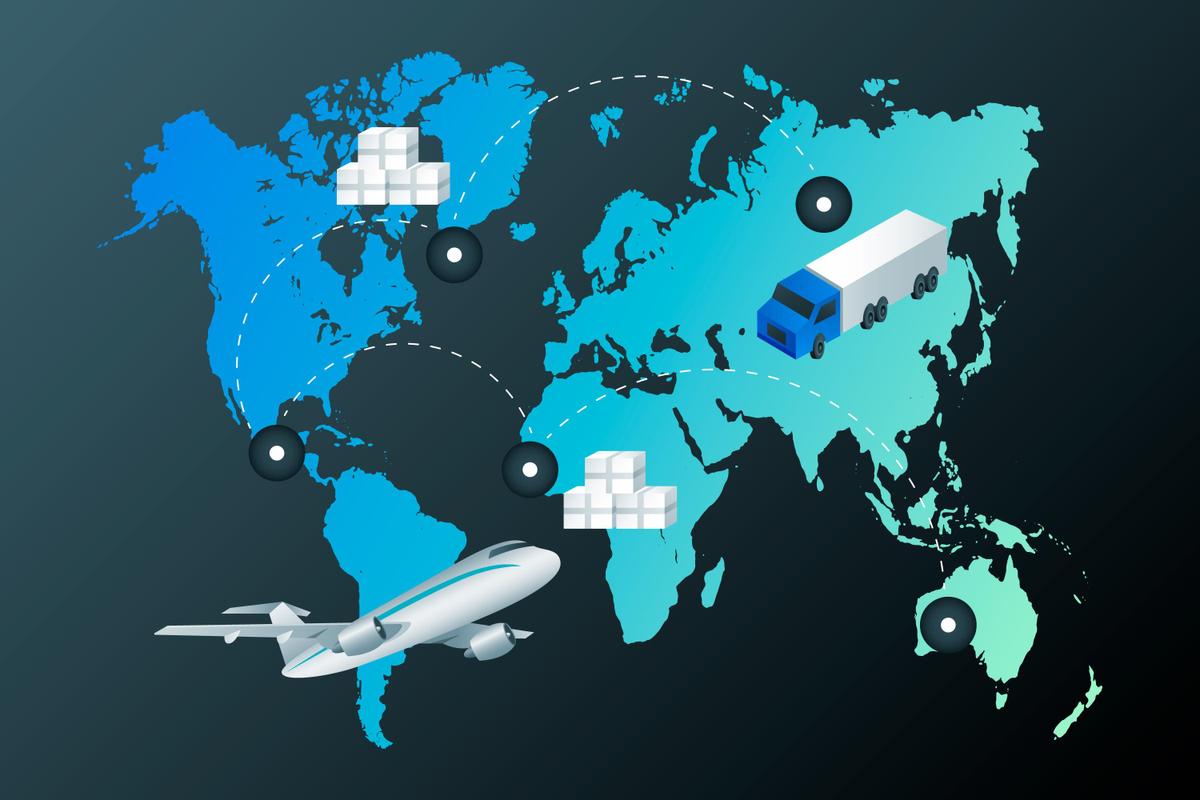
Navigating the Evolution of Logistics: Unveiling the Benefits and Challenges of 3PL and 4PL Services
Jan 17, 2024
The blog explores the transformative impact of Third-Party Logistics (3PL) and Fourth-Party Logistics (4PL) in India's logistics sector. It delves into challenges, opportunities, and the pivotal roles these providers play in enhancing operational efficiency, customer satisfaction, and sustainable growth, envisioning a dynamic future for the industry.
The logistics sector in India stands at a crossroads, with its value projected to soar from US$ 250 billion in 2021 to a staggering US$ 380 billion by 2025. This surge is fueled by a robust year-on-year growth rate of 10%-12%, positioning logistics as the linchpin of the Indian economy. The National Logistic Policy, launched recently, underscores the government's commitment to efficient infrastructure development, emphasizing the need for a holistic approach, including the pivotal roles of Third-Party Logistics (3PL) and Fourth-Party Logistics (4PL) service providers.
The Rise of 3PL and 4PL: Transformative Forces in Indian Logistics
In the intricate web of logistics, 3PL and 4PL service providers have emerged as transformative forces, steering the sector toward innovation. The India 3PL market, currently estimated at USD 37.31 billion in 2023, is projected to reach USD 53.02 billion by 2028, exhibiting a noteworthy CAGR of 7.28% during the forecast period. Amidst a market characterized by fragmentation, both domestic and international players vie for business, driven by the growth of the manufacturing sector. The warehousing sector, in particular, has become a magnet for significant investments from global and private equity players, positioning India as a burgeoning market.
Read More: Building Resilience in Your Supply Chain: Strategies for Future Disruptions

Challenges in the Logistics Landscape: Navigating Hurdles for Sustainable Growth
Despite its promising trajectory, the Indian logistics sector confronts substantial challenges that require strategic attention for sustained progress. The primary hurdles include:
1. High Logistics Costs: India's logistics costs remain elevated, constituting 13-14% of the GDP—significantly higher than the global average of 8-10%. Outdated manual processes contribute to inefficiencies, resulting in poor visibility, inventory inaccuracies, and delays.
2. Slow Tech Adoption: Sluggish adoption of transformative technologies hampers progress, leading to outdated processes and limited supply chain visibility. A mere 15% of logistics companies in India have embraced advanced technologies like the Internet of Things (IoT) and data analytics.
3. Green Practices Adoption: The 3PL logistics sector significantly contributes to carbon emissions, necessitating the adoption of more eco-friendly approaches. Challenges such as a lack of access to renewable energy sources and limited electric vehicle charging points underscore the importance of collaborative efforts for sustainable practices.
4. Fragmentation with Few Organized Players: Merely 10% of warehouses in India are organized players, contributing to sector fragmentation. The lack of standardization and coordination among stakeholders leads to operational inefficiencies.
The Ascendance of 3PL and 4PL: Opportunities Unveiled
Amidst these challenges, the rise of 3PL and 4PL service providers signifies a pivotal shift toward more specialized and integrated logistics solutions. Their expertise contributes to enhanced operational efficiency, improved customer satisfaction, and cost optimization. The rapid growth of the logistics sector presents abundant opportunities for organized players, including 3PL and 4PL service providers, to capitalize on the expanding market and cater to the evolving needs of businesses in India.
This evolutionary phase is not merely a response to challenges but a strategic embrace of opportunities that augur well for the industry's future.
Specialized Solutions for Complex Challenges:
In the face of formidable challenges, 3PL and 4PL providers stand as vanguards, introducing a new paradigm of logistics solutions marked by specialization and integration. These service providers bring a depth of expertise that goes beyond conventional approaches, contributing significantly to the industry's operational efficiency. Their ability to tailor solutions to meet the unique demands of diverse supply chains fosters a level of agility and responsiveness that is indispensable in today's dynamic business landscape.
Enhanced Operational Efficiency:
At the heart of the transformation lies a commitment to enhancing operational efficiency. 3PL and 4PL providers, armed with a comprehensive understanding of logistics intricacies, streamline processes, optimize workflows, and introduce cutting-edge technologies. This results in a logistics ecosystem that is not only more efficient but also agile, capable of adapting swiftly to evolving market demands. The meticulous orchestration of the supply chain by these providers ensures that each link operates harmoniously, culminating in a seamless and efficient logistics network.
Elevated Customer Satisfaction:
Customer satisfaction is the touchstone of success in the logistics domain, and 3PL and 4PL providers excel in this crucial arena. By offering tailored solutions, real-time visibility, and proactive issue resolution, these providers create an experience that transcends traditional service standards. The heightened customer satisfaction is not merely a byproduct but a strategic outcome of their commitment to understanding and addressing the unique needs and challenges faced by businesses operating in diverse sectors.
Optimized Costs for Sustainable Growth:
Cost optimization stands as a cornerstone of the value proposition presented by 3PL and 4PL providers. In an era where competitiveness hinges on fiscal prudence, these logistics partners play a pivotal role in optimizing costs across the supply chain. Through the deployment of advanced technologies, data-driven decision-making, and efficient resource utilization, they contribute to a leaner, more cost-effective logistics ecosystem. The ripple effect of these optimization efforts extends beyond immediate gains, fostering sustainable growth for businesses in the long term.
Abundant Opportunities for Organized Players:
The exponential growth of the logistics sector in India serves as a fertile ground for organized players, especially 3PL and 4PL service providers, to sow the seeds of success. The evolving market dynamics, fueled by a burgeoning economy and the government's emphasis on infrastructure development, present a canvas of opportunities waiting to be painted by those with the foresight to harness them.
Recommended Reading: Navigating Logistics Outsourcing: Decoding the Choice Between 3PL and 4PL

Opportunities and the Road Ahead: Leveraging Growth Potential
Despite the challenges, the 3PL and 4PL sector is in a nascent growth stage, offering opportunities to accelerate its development:
1. Developing Manpower Skills: Leveraging India's abundant skilled workforce, investing in upskilling and training programs can diminish the skill gap in the 3PL and 4PL logistics sector.
· Gamified training modules
· Virtual reality simulations
2. Tech Innovation: Harnessing the power of Artificial Intelligence (AI) and Machine Learning (ML), 3PL and 4PL providers can bring value-added services to the table:
· Route optimization algorithms
· Demand forecasting tools
· Green solutions like solar power generation, EV and CNG transport, and resource recycling.
Relevant Reading: Importance of Smart Containerization in the Logistics Industry
Paving the Way for a Robust Logistics Future
The trajectory of the logistics sector in India is undeniably dynamic, with 3PL and 4PL providers playing instrumental roles in its evolution. By addressing challenges, capitalizing on opportunities, and embracing technological innovations, India can build a resilient logistics sector, aligning with its vision of becoming a $5 trillion economy.
As the industry navigates the complexities, the synergy between 3PL and 4PL services becomes a cornerstone for sustainable growth, ushering in a new era of efficiency, collaboration, and unparalleled logistics solutions. The integration of skilled manpower, technological innovations, and a commitment to green practices will undoubtedly pave the way for a logistics landscape that is not only economically robust but also environmentally sustainable and socially responsible.